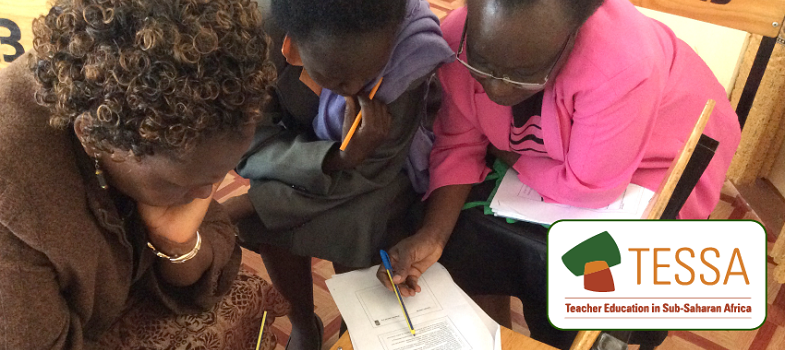Key Resource: Using explaining and demonstrating to assist learning
Introduction
Explaining is the giving of understanding to another. Demonstrations are ways of assisting the explanation process by using artefacts or other methods to show pupils something so that they understand it better.
Explaining
An explanation used in a lesson can help pupils to understand:
- concepts or ideas – including those that are new or unfamiliar to pupils, for example ‘density’ or ‘volume’;
- cause and effect – rain is caused by air cooling, a flat battery means the car won’t start;
- processes – how things work, how people and animals behave;
- relationships – between people, things and events: the role of grandparents in a family, why flies are insects and spiders are not, the common features of important yearly festivals.
To explain well, you, the teacher, have to understand the subject matter well (what is to be taught). For example, if you do not understand that a spider is not an insect, neither will your pupils.
Key knowledge features about explaining
When explaining new concepts or ideas, four key features will help you structure and sequence your explanation:
- Labels and names. The actual words used to name the concept (insect, electricity, colour, ambition)
- Attributes. There are two kinds, namely:
- ‘Must have’ features, which are essential parts of the concept like ‘wings’ (bird) ‘thorax’ (insect);
- ‘May have’ features that may occur, but not always. A sparrow is brown, but not all birds are. Some insects have hard shells, but not all do.
- Examples. In your explanations you will need to give examples that illustrate what you mean. For example, ants and flies are insects, but a snail, though it has antennae, is not an insect. It is a mollusc.
- Finally, you will have a set of ‘must have’ rules at the end that apply to what you are explaining. So your rules for insects would be: six legs, a head, thorax, abdomen, two antennae, and two or four wings.
Assisting learning by demonstrating
How explaining is done is just as important as having good subject knowledge. Just giving out information is not enough. Demonstrating an idea or a concept in a practical way often assists pupil learning. This can be done by:
- using pictures, diagrams, models, specimens and artefacts to show what you mean;
- getting pupils themselves to examine the subject of your explanation. For instance, as you explain about a plant, they can see what you are talking about better if they have a specimen in front of them;
- enabling all pupils to see clearly what you are explaining. A demonstration provides the link between ‘knowing about’ and ‘being able to do.’ Let them experiment in small groups by handling, drawing, discussing, watching and experimenting. Demonstrations are most effective when they are accurate, when pupils are able to see clearly and understand what is going on, and when brief explanations and discussion occur during the demonstration.
- asking for feedback from the pupils about their understanding of what they have seen.
Explaining is not one-way
Always remember that to avoid pupil confusion in your explanations and demonstrations, you need to fully involve them to check that they understand what you are saying and doing. Important points to be aware of are:
- asking them questions to find out what they already know and understand;
- finding out about misconceptions that are holding them back and which need to be ‘unlearned’;
- using small groups to exchange ideas and understanding about the topic you are explaining or demonstrating;
- asking them to explain to you and to each other what they understand about the current topic;
- being prepared to use different words with different pupils to make your explanations clearer.
Summary
When explaining or demonstrating to really assist learning you need to:
- include the four key features named above;
- focus on clarity and a sequence to your explanation;
- check understanding as you go along, through questions and discussion;
- use effective teaching aids for your demonstrations that everyone is able to see;
- involve pupils in your explanations.
Select the next Key Resource you are interested in by clicking on the resource titles on the left-hand side of this screen.



